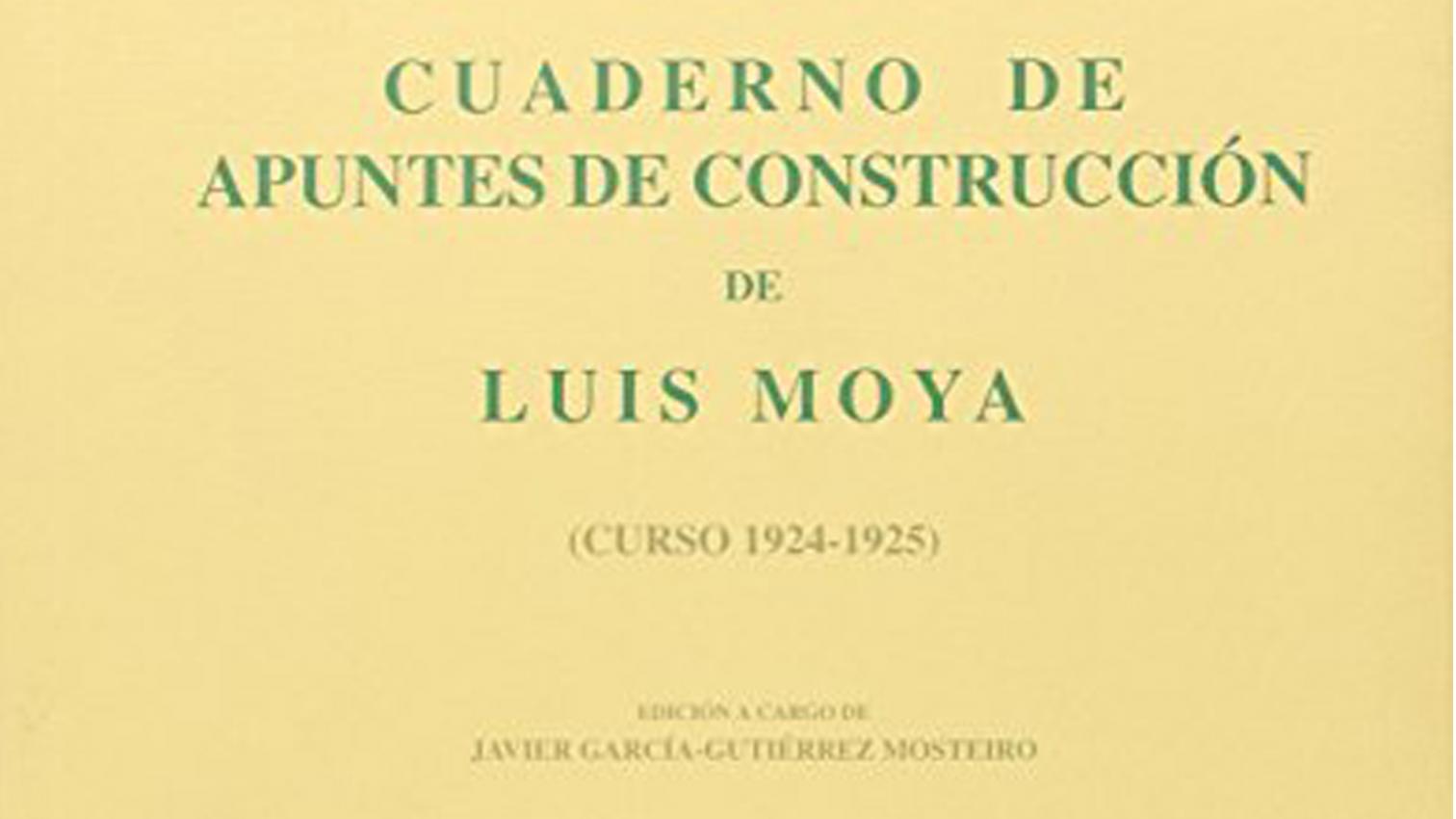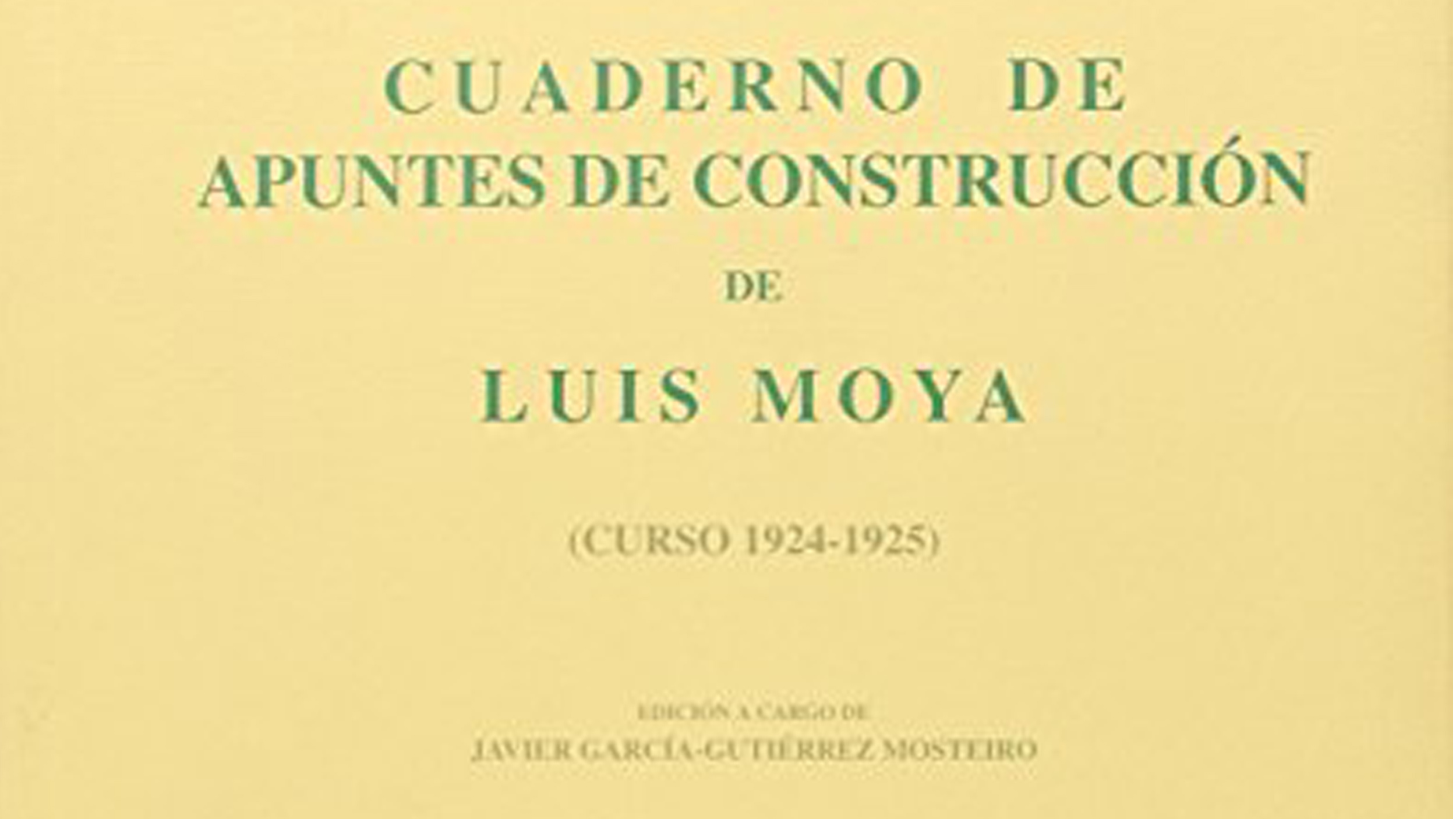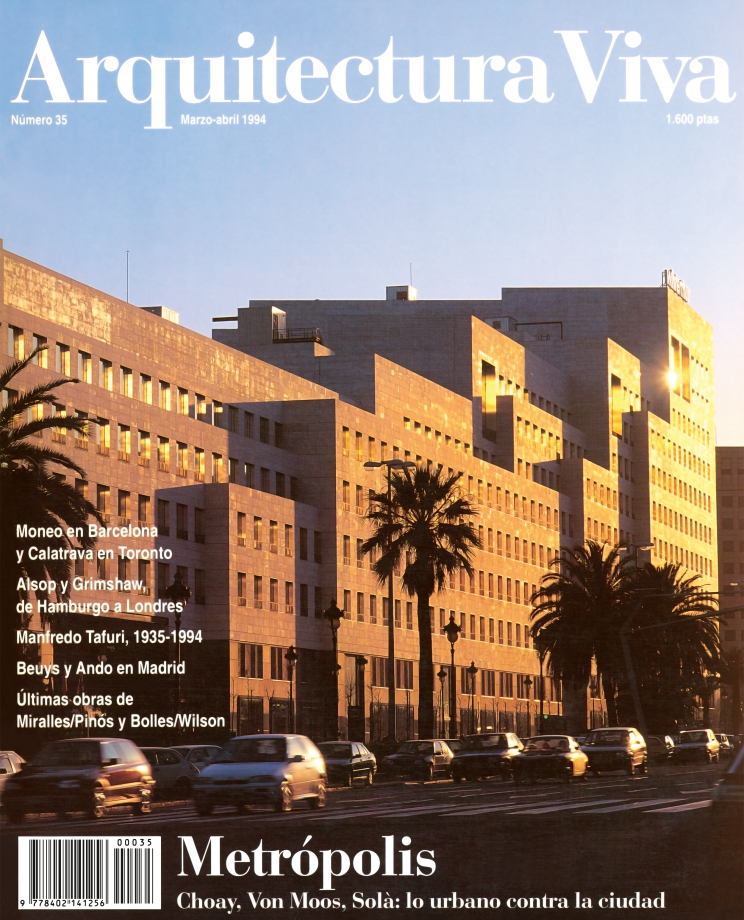
He was able to draw with either hand. He was a student, professor, and director of the Madrid School of Architecture, editor-in-chief of the magazine Arquitectura, and a member of the San Fernando Academy of Fine Arts. He wrote a treatise on partitioned vaults, built some buildings that are now largely forgotten (such as the Museum of America and the Church of San Agustín in Madrid, and the Laboral University in Gijón) and, after his retirement, continued teaching at the School of Pamplona. Luis Moya was undoubtedly one of the most interesting and versatile figures in 20th-century Spanish architecture.
His classicist fervor, his affinities with Francoist culture (during the Civil War he drew his famous ‘Architectural Dream for National Exaltation’, and later won the competition for the Valley of the Fallen) and his confrontation with the ideals of the Modern Movement made him a controversial figure in the 1970s and then vindicated in the 1980s (see Antón Capitel's book La arquitectura de Luis Moya, COAM, Madrid, 1982). But above and beyond his ideological affiliation and architectural approaches, Moya was always admired and respected as a teacher and humanist.
After his death in 1990, his widow bequeathed a series of documents – mainly drawings and projects – to the Madrid School to complete the archive that the architect himself had donated during his lifetime. Among them is the construction notebook that the Juan de Herrera Institute has now published in facsimile form in an edition prepared by Javier García-Gutiérrez Mosteiro. This is the notebook that Moya filled with textual and graphic notes from the Architectural Construction II classes taught by Professor Carlos Gato during the 1924-1925 academic year.
In the introduction, Mosteiro recounts the situation of the Madrid School in the 1920s, the teachings of Professor Gato, and the content of the notebook itself, all with commendable brevity and clarity that in no way detracts from the magnificent collection of sketches and notes.
In retrospect, it is admirable that seventy years ago, construction classes used such masterful architectural examples as the Pantheon in Rome, Amiens Cathedral, and St. Peter's dome. Those were different times.






